Dear Readers, As a small snack in between, pistachios are not only delicious – they are also very healthy and nutritious. We’ll tell you the many advantages of the pistachio, what you should pay attention to when buying and eating it and what delicacies can be used for Pistachio health benefits.
Contents
The fact that pistachios are nutritious and healthy has not only been known for a long time. The pistachio has been a popular food for thousands of years. It has had a long history since its discovery.
Interesting facts about pistachios
The pistachio tree
Strictly speaking, pistachios are not nuts at all but belong to the stone fruits of which we only eat the kernels. They grow on deciduous trees that belong to the sumac family, such as the mango or cashew.
Pistachio trees can be over 300 years old and reach a height of up to twelve meters. However, they are kept much smaller when cultivated on plantations.
In this country, for example, pistachio trees only grow three to four meters high. The name pistachio is derived from the Latin “pistacia vera”, which means “green almond”.
Because the shell opens at the seam on the side during drying, the Iranians have given the pistachio the name “smiling” or “laughing nut”.
History of the Pistachio
As early as the Neolithic, i.e. more than 10,000 years ago, people in the Middle East were growing pistachio trees and eating the fruit availing Pistachios Health benefits. They were a delicacy whose consumption was initially reserved for the high nobility.
In addition, pistachios were considered a remedy for toothache or cirrhosis of the liver and were used as a coloring agent. Over time, they spread to other countries through trade trips and enjoyed great popularity due to their long shelf life and high nutrient content.
They made their way to Italy at the time of Emperor Tiberius and finally to the USA in the 19th century.
Pistachios today
Pistachio Plantation
Today, the world’s largest growing areas are in Iran, California (USA), and Turkey. Pistachios are also grown on the European Mediterranean coast, such as in Greece or Sicily.
Harvesting takes place in September and October by shaking the trees and catching the pistachios as they fall. The taste is slightly sweet, nutty, and very aromatic.
Nutritional Values and Calories
Below you will find an overview of the most important nutritional values of pistachios: from their calories to their healthy vitamins.
Health benefits of pistachios
Pistachios are extremely healthy due to their high nutrient content and can help you with a variety of physical ailments or prevent diseases.
Preventive cardiovascular diseases
Pistachios are high in unsaturated fatty acids, which are particularly good for the heart and blood vessels. They can help to lower the cholesterol level in the body and thus reduce the risk of cardiovascular diseases.
The World Health Organization also recommends an increased intake of potassium for high blood pressure, of which pistachios also contain a lot.
Pistachios help with diabetes
Pistachios also have a positive effect on the triglyceride level in the body. A large amount of triglycerides in the body increases, among other things, the risk of cardiovascular diseases, as well as obesity.
Diabetes patients in particular have a high triglyceride level, which pistachios can noticeably reduce, as can blood sugar levels that are too high.
In addition, many diabetics suffer from certain intestinal bacteria, which can also be reduced by eating pistachios.
Reduces the risk of cancer
Due to their high content of gamma-tocopherol, pistachios have a positive effect in preventing certain types of cancer, including lung cancer. Gamma tocopherol belongs to vitamin E and protects you from premature cell aging. It also promotes soft skin.
Due to their good influence on certain intestinal bacteria, pistachios can not only improve digestion but also reduce the risk of colon cancer.
Supportive in losing weight
Even if you might not suspect it because of their high-fat content. Pistachios can help you lose weight excellently. They contain a lot of healthy fats, which burn existing fat deposits in the body. In addition, their fats are not fully absorbed by the body and thus do not contribute to additional weight gain.
Plus they keep you full for a longer period of time. However, due to their high-calorie count, you should not add pistachios to your usual diet and instead consume them as a substitute for chocolate or chips. Due to their high protein content, pistachios also promote muscle building.
A little tip: If you buy pistachios unpeeled, you can prevent them from eating them too quickly. After all, you have to peel them before you can eat them. This way you eat more slowly and consciously and your body has more time to adjust to the feeling of fullness.
During pregnancy and breastfeeding, the female body’s need for B vitamin folic acid increases. Pistachios’ Health benefits alone cannot fully cover the requirement, but they still contain a lot of folic acids. In this way, they support you in part in meeting your need.
In addition, the high protein content promotes the maintenance and formation of muscles. This is not only good for the pregnant woman, but also for the embryo.
Risks of pistachios
Despite all the benefits and positive effects of pistachios, the little “green almonds” have a few disadvantages that you should be aware of.
Many Calories
Pistachios are beneficial for weight loss when they replace unhealthier snacks. However, they are also real calorie bombs. 100 grams of pistachios have around 600 kilocalories, which is why they hit the figure very quickly when consumed in large quantities. You should therefore consume them in moderation.
A healthy serving of pistachios has about 165 kilocalories, which equates to about 49 pieces or 30 grams. However, walnuts, almonds, or hazelnuts have far more calories.
Toxic if stored incorrectly
If pistachios are stored or harvested incorrectly, they can also quickly damage your health.
If the stone fruits are not kept dry enough – both during harvest and storage as well as in your own four walls – mold forms, which in turn produces the poisonous aflatoxin. This substance is suspected to be carcinogenic. Even small amounts can be harmful to health.
For this reason, you should also make sure that you store them in a cool and dry place when storing them at home, otherwise, they will quickly turn brown and rancid. It is best to store peeled pistachios in an airtight container in the fridge.
If you store them correctly, they can be kept for several months. If you want to extend the shelf life up to a year, you can also freeze them.
Tips for buying pistachios
So that you can buy and eat pistachios without hesitation despite the risks mentioned above, we have a few tips here.
Avoid risks
Mold on pistachios isn’t always immediately apparent to the naked eye, so it’s best to look for other characteristics.
They don’t have their name “green almonds” for nothing. Make sure they are nice and green before you eat them. As a rule of thumb, you can remember the greener the pistachio, the better the quality.
Only when unpeeled pistachios have cracked at the seam, i.e. slightly opened, are they really ripe. So if you see pistachios in the supermarket that are still closed, you should refrain from buying them.
Pistachios are also usually odorless. If they smell slightly musty, you should refrain from eating them. If they taste funny, you should definitely spit them out, even then there is a risk that aflatoxins have formed.
Don’t save at the wrong end. The checks for correct storage are not particularly cheap, which is why they are often saved so that the pistachios can be sold cheaper in stores. Therefore, you should be careful not to necessarily go for those with the lowest price.
The right amount and type
If you want to buy unshelled pistachios, you should make sure that the shell accounts for about half of the total weight. So if you want to eat 200 grams of pistachios, the package should say at least 400 grams.
There are many different types of pistachios. If you intend to snack on them or use them in baking or as a topping, make sure you buy them in the right shape to avail Pistachios Health benefits. For example, ground or grated pistachios are usually used to decorate pastries, while whole pistachios are even added to some cakes.
If you want to use them for sweet dishes, you should also make sure that you do not buy them in salted form.
Tasty and healthy but unfortunately they are also expensive. They are among the most expensive “nuts” in the world, but the price has its reasons. A pistachio tree needs seven years to grow before it can bear fruit.
Also, they are dioecious, meaning there are both female and male pistachio trees. Female pistachio trees can only bear fruit if their flowers are pollinated by a male tree via the wind. Also, pistachios only fruit efficiently every two years. For every productive year, there is a lean one.
The harvest is also very complex and expensive due to the already-mentioned risk of mold. The fruits have to be harvested within three weeks often by hand.
Pistachios as an alternative to pistachios
Finding an alternative to pistachios is rather difficult. They are quite unique in taste and therefore difficult to replace. In some recipes, you can use almonds or other nuts instead of pistachios – although you will always taste quite clear that no pistachios were used.
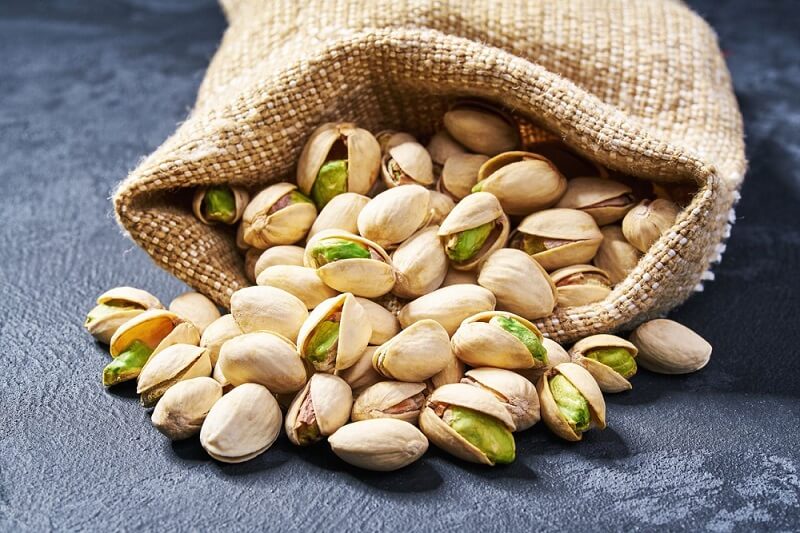
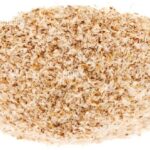

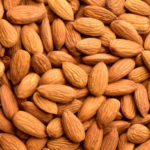

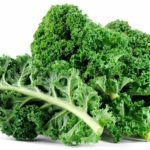
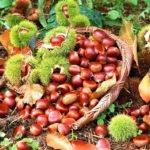
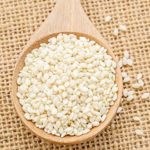





[…] It is worth regularly including cashew in your diet because they are real powerhouses for your health. […]